
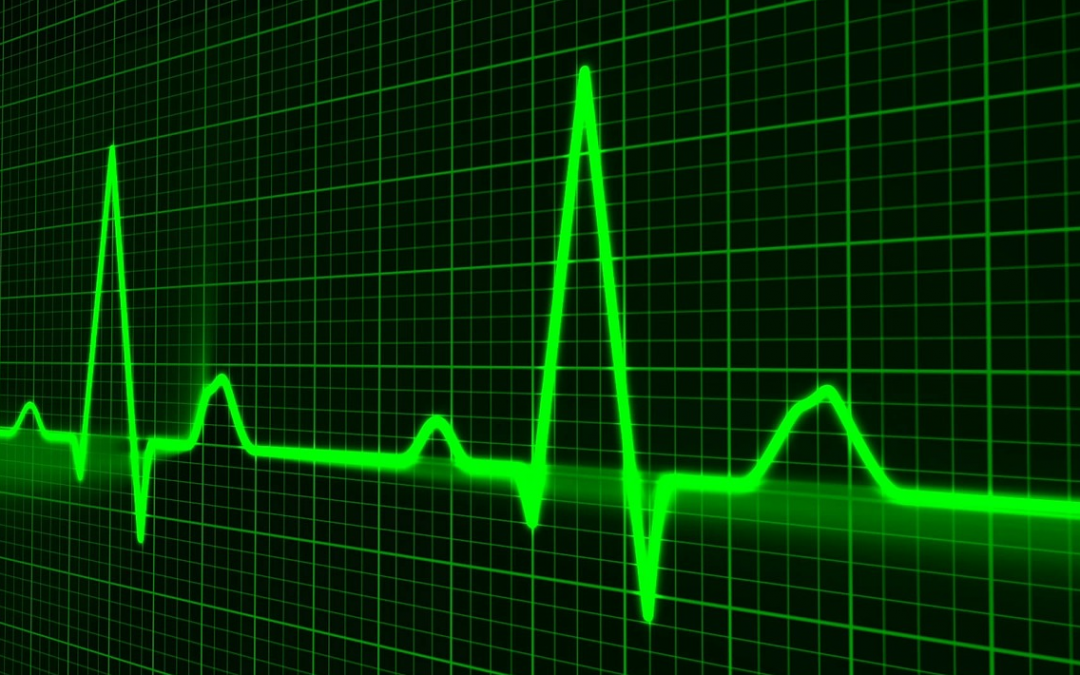
10 Ways The Internet of Medical Things Is Revolutionizing Senior Care
10 Ways The Internet of Medical Things Is Revolutionizing Senior Care
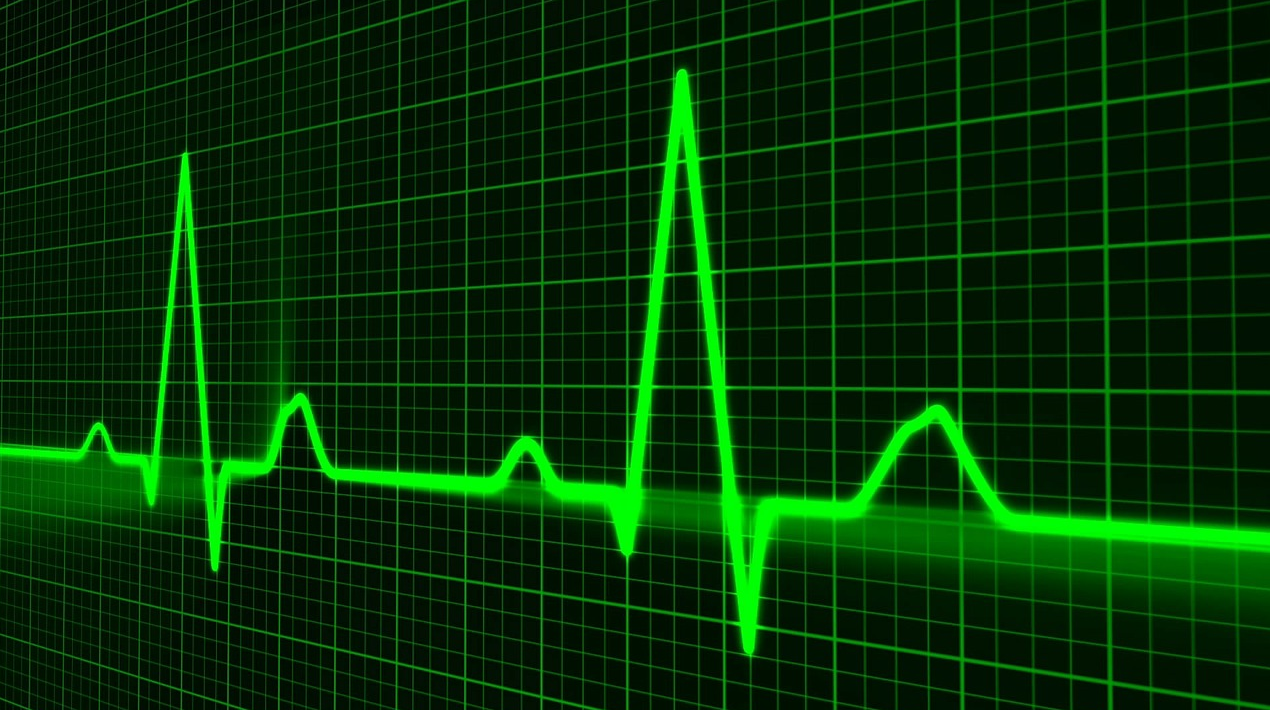
In 2000, about 10% of the world’s population were age 60 or over. By 2015 that had risen to 12%. United Nations projections indicate that will have increased to 16% by 2030, and jumped to 22% by 2050. The percentages may not seem alarming, but to put this into perspective, let’s look at the following: by 2025, the world’s population is set to be 8 billion, of which approximately 15%, or 1.2 billion, will be elderly. Essentially, that is almost equivalent to the population of the second most populous country in the world–India. Another alarming statistic is the projected decline in the working-age population (25-59) between 2030 and 2050, meaning that there will be fewer people to support the growing elderly population–financially and otherwise.
Virtual home assistants and portable diagnostic devices will help provide better elder care and in turn control medical costs.
In 2000, about 10% of the world’s population were age 60 or over. By 2015 that had risen to 12%. United Nations projections indicate that will have increased to 16% by 2030, and jumped to 22% by 2050. The percentages may not seem alarming, but to put this into perspective, let’s look at the following: by 2025, the world’s population is set to be 8 billion, of which approximately 15%, or 1.2 billion, will be elderly. Essentially, that is almost equivalent to the population of the second most populous country in the world–India. Another alarming statistic is the projected decline in the working-age population (25-59) between 2030 and 2050, meaning that there will be fewer people to support the growing elderly population–financially and otherwise.
But why does this matter so much? The answer is medical costs! Healthcare expenditure on the elderly is a growing concern, as it accounts for a higher share of expenditure compared to other age groups.
1. Vitals-Tracking Wearables
A majority of seniors suffer from non-communicable diseases, including cardiac ailments, diabetes and hypertension. For cardiac patients, heart monitors that can monitor ailments such as arrhythmia and can alert doctors to adverse events in real time and help prevent further complications. For example, InfoBionic’s MoMe Kardia device does exactly that. Other monitors, like Cortrium’s C3 Holter monitor and Uber Diagnostic’s CardioTrack, are also available. “Smart” glucometers such as Dario that can communicate measured blood glucose readings to an app on a smartphone for storage, tracking and managing diabetes can help elderly patients better manage their diabetes. Regular activity monitoring and heart rate monitoring can be achieved by one of several available consumer wearable devices and smartwatches. Even when hospitalized, IoMT platforms such as the one provided by Vitls can help nurses and off-campus physicians continuously monitor seniors’ vital signs without disturbing patients.
2. Medication Adherence Tools
Seniors have several medications they need to take, and with age, remembering everything becomes a challenge. Missed doses can result in exacerbation of medical conditions, and in some severe cases can even lead to serious consequences requiring hospitalization. Several IoMT products address this challenge by helping users remember when to take their medication. Products from AdhereTech, Amiko.IO, MyUBox, MedMinder and Vitality GlowCaps tackle this challenge in their own unique ways, helping the healthcare industry by saving on costs.
3. Virtual Home Assistants
Quite a few seniors live alone or with their spouses or partners, who are also most often likely to be elderly, and require daily assistance as well as companionship. Virtual assistants like Catalia Health’s Mabu robot or Intuition Robotics ElliQ robot serve this purpose well. Not only do these interact with seniors via voice and touchscreens, they can also help them stay connected with their family and friends digitally–via social media platforms and video chat.
4. Portable Diagnostics Devices
The senior age group needs to have biomarkers tested more frequently than others to monitor existing conditions, diagnose new ones and check on overall well-being. Instead of frequently visiting a pathology laboratory for getting urine or blood tests done, smart and portable diagnostics devices can help seniors perform such tests in the comfort of their homes, and get results in formats that allow them to be instantly shared with their care providers. Consider the Scanadu Urine Kit for biomarker analysis or the Cue device that can test Vitamin D levels. In the future, additional tests may become available that will expand the potential of home testing for seniors. The added convenience means seniors can perform diagnostic tests more frequently, helping to diagnose diseases and thus to begin treatment sooner, ensuring complications are prevented to save avoidable healthcare costs.
5. Personal Emergency Response Systems
The concept is well known for many elder care market participants. Several products are already well established and serve many needs of seniors, inside and outside of their residences, such as fall detection, emergency assistance and navigation guidance back to residence (for dementia patients, for example) or even boundary perimeter breach alerts (for Alzheimer’s patients, for example). Some products even include additional features such as medication reminders. Several companies, ranging from healthcare majors such as Philips to smaller companies and startups like Everon, Qmedic, Lively, Motech, MobileHelp, Jupl and UnaliWear, provide these products. In addition, a unique concept that goes beyond simple fall detection is that of ActiveProtective’s smart belt, which detects falls and deploys air bags to prevent fall-related injuries and uses Bluetooth technology to trigger an alert to designated emergency contacts. Technologies such as these can help save avoidable fall-related healthcare costs.
6. Disability Assistance Tools
Varied smart products are available for some disabilities that seniors suffer from. One of the most interesting ones is Opn smart hearing aids by Oticon. With features such as direct Bluetooth connectivity to smartphone for calls or for streaming music and the ability to control volume and switch programs on television with smartphone app support, it is a “smart” solution for seniors. Another solution for sensory- and cognitive-impaired seniors is Nominet’s PIPS for management of daily routines. The customizable colored buttons installed in seniors’ residences flash until the task that patients are being reminded of is performed and the button is pressed by the user. Pressing a button activates the next button in sequence. Functions can include daily tasks such as brushing teeth or even medical tasks such as taking medication.
7. Smart Implants
Pacemakers that communicate data to smartphone apps for sharing with physicians (Medtronic MyCareLink), sensors that are embedded in orthopedic implants to communicate performance post-surgery (OrthoSensor) or glucose sensors that communicate diabetics’ glucose levels to smartphones or dedicated readers (such as products in development by GlySens, Senseonics, Echo Therapeutics or Google’s smart lens) are all examples of smart implants. These can help seniors take care of their health and manage their conditions better, ensuring medical intervention is sought immediately when required.
8. Smart Senior Homes
Care staff can monitor seniors with the use of wrist-worn wearables that track their location as well as activities performed (such as bathing, walking, sleeping, etc.). The Tempo wearable by CarePredict also allows seniors to request assistance with the touch of one button and will soon also provide two-way audio communication with care staff. But the true power of the technology lies in machine learning and predictive analytics to derive insights from seniors’ daily routines as well as any deviations. Insights could include emerging physical or mental health conditions, which can help alert care providers to the need for immediate medical intervention. A similar example is the Mimo-Care solution that can issue three types of alerts to care staff for monitored seniors–red alert (potential fall or night wandering), orange alert (irregularities in daily routine, such as not eating regularly) and yellow alert (for domestic issues such as refrigerator door left open).
9. Family Caregiver Remote Monitoring Tools
Products from 3rings, Evermind and Sonamba help family members monitor seniors remotely without contacting them directly. For example, the 3rings smart plug notifies family members each time the connected device is turned on–a coffee machine, for example–allowing the family member to know that it was turned on at the regular time, indicating normalcy in routine. Any deviation in routine will be detected, and family members can contact seniors to ensure that seniors are, indeed, all right. While Evermind provides a similar product, Sonamba’s product line goes beyond this by also providing medication reminders, an emergency panic button and the ability to share digital photos with senior loved ones, as well as a texting interface that is easy for seniors to use. A slightly different approach is Welbi’s platform, which connects existing fitness trackers or smartwatches to monitor health and activity and alerts caregivers when any deviation occurs. These technologies ensure that seniors are constantly but non-intrusively monitored and receive immediate attention and medical assistance when it may be needed the most.
10. Other Approaches
Several innovative devices are being developed to address medical challenges. Consider the Opnwatr.IO approach of developing a wearable device that could provide MRI-level details in the bodies or brains of wearers. For seniors, this means not having to frequently undergo expensive procedures, and receiving more knowledge about their conditions without the discomfort of being surrounded by large scanning machines, and at a much lower cost. Another device is the Gyenno “Smart Cup” for Parkinson’s patients, allowing them to use cups independently despite tremors they may be experiencing. Sensors detect and help counteract the action of tremors to keep the cup steady. Similar spoon and fork products, although not necessarily true IoMT devices, are also available from Gyenno as well as LiftLabs. These products can help seniors become independent, and help reduce, at least partly, the costs of constant care support.
Most of these approaches are still being developed. But as they increase in sophistication, they have the potential to result in significant cost savings for the healthcare industry.
If you would like more insights on Internet of Medical Things, please connect with us! Email siddharths1@frost.com and speak to a thought leader in this field.

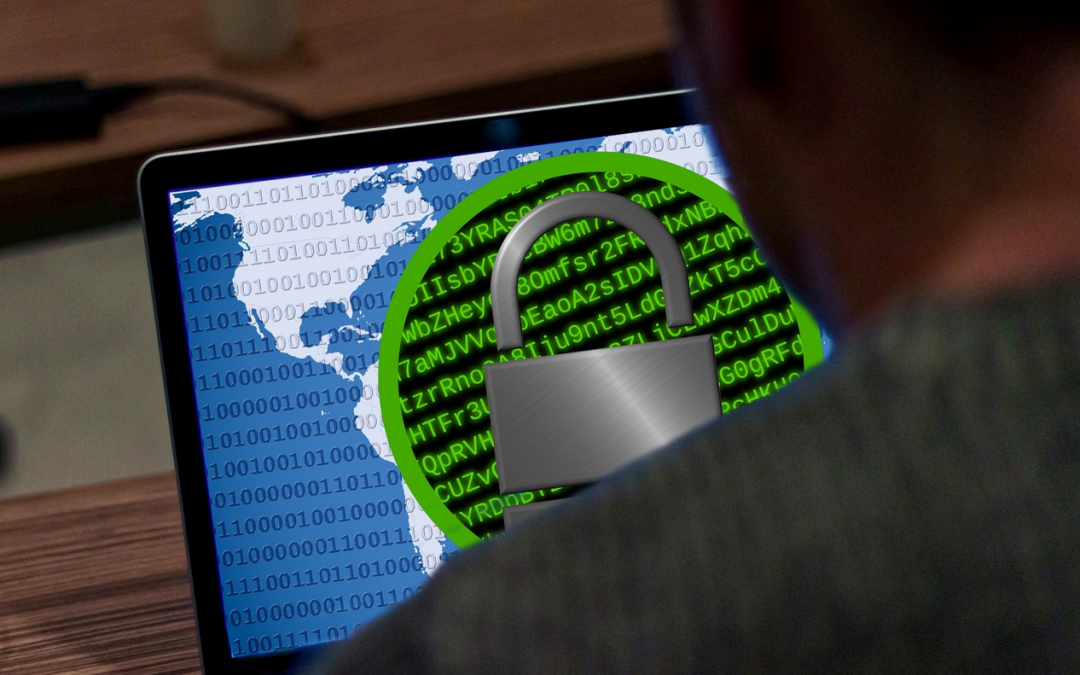
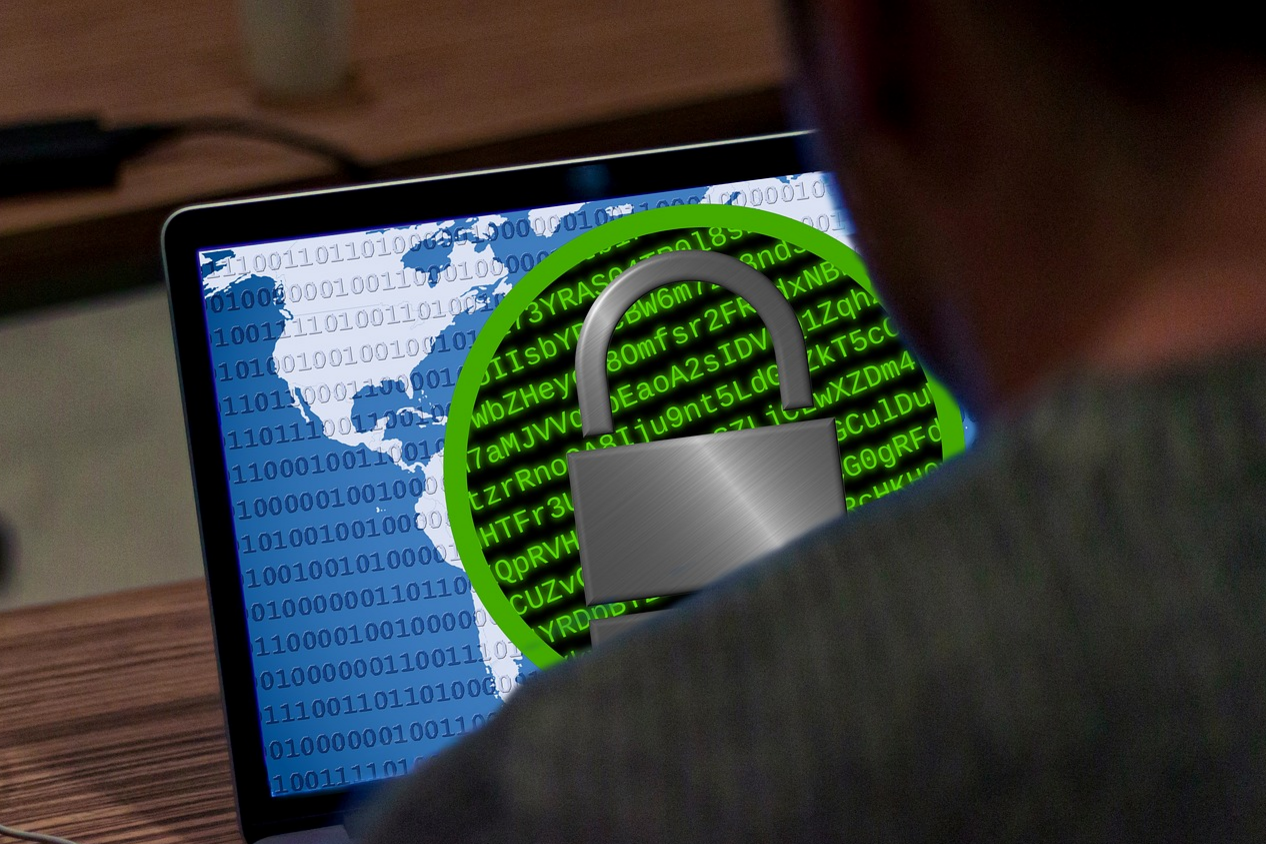
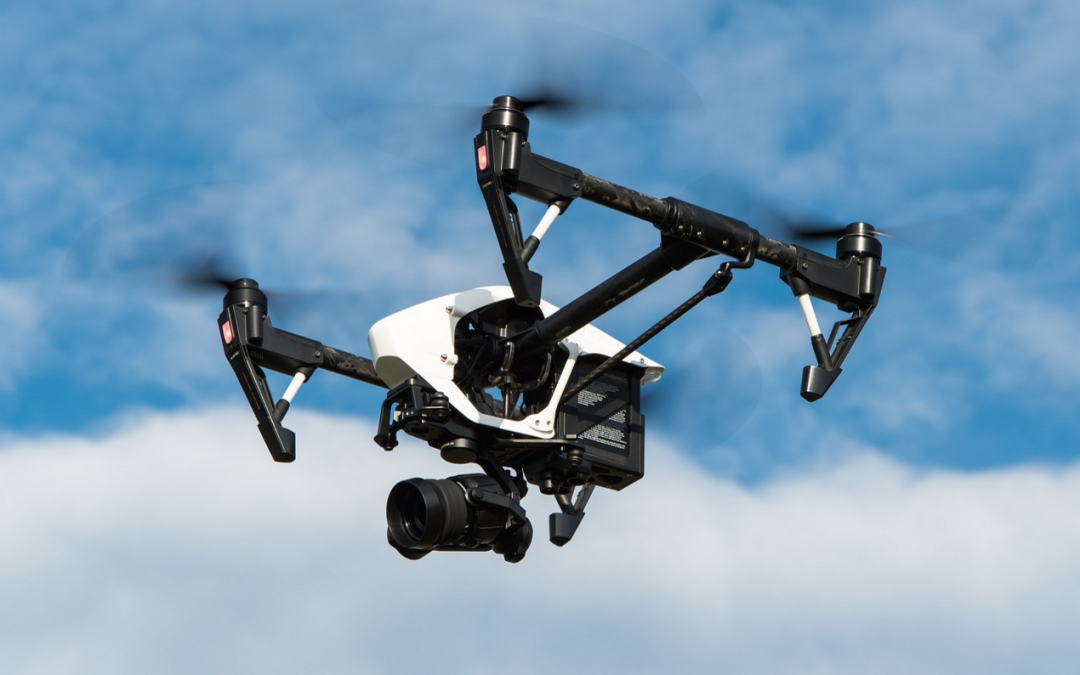
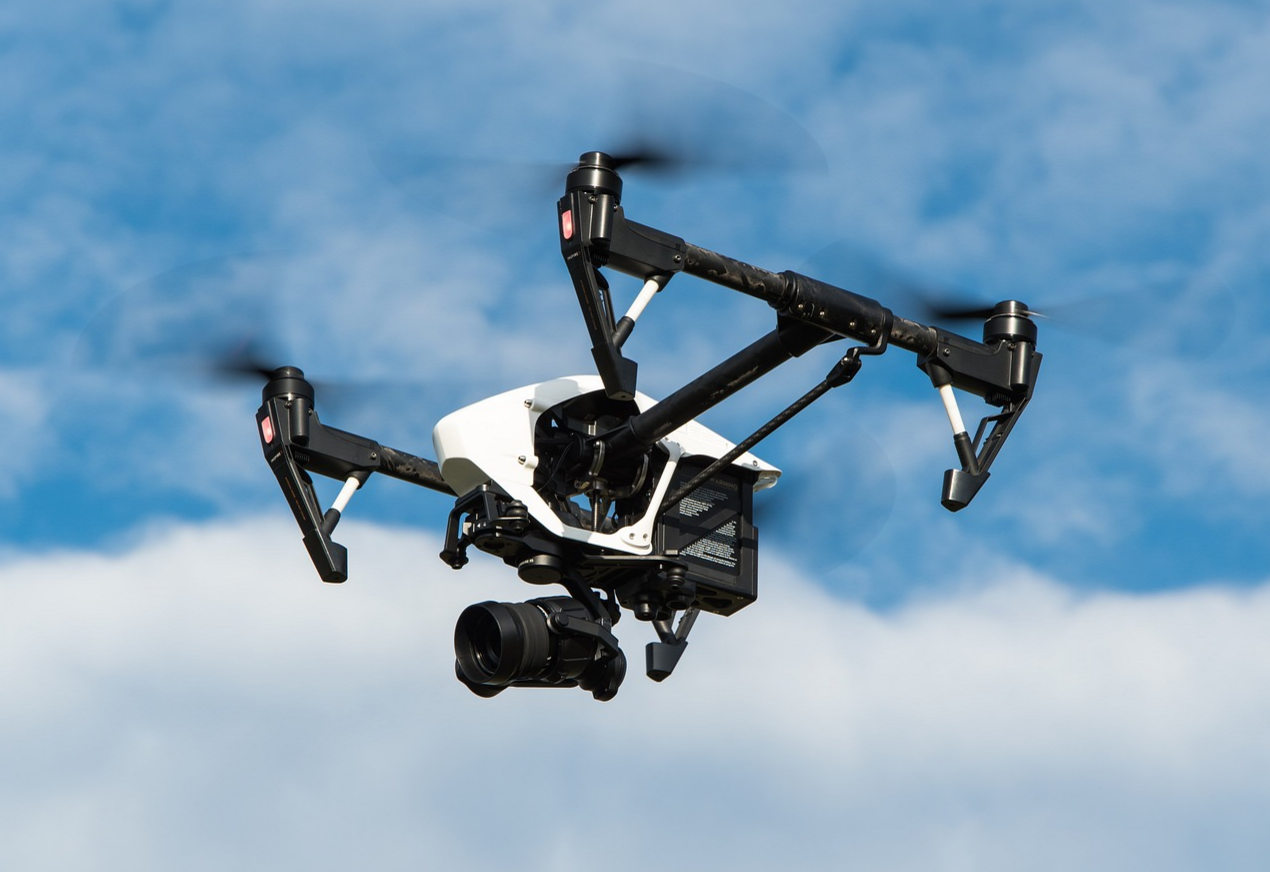





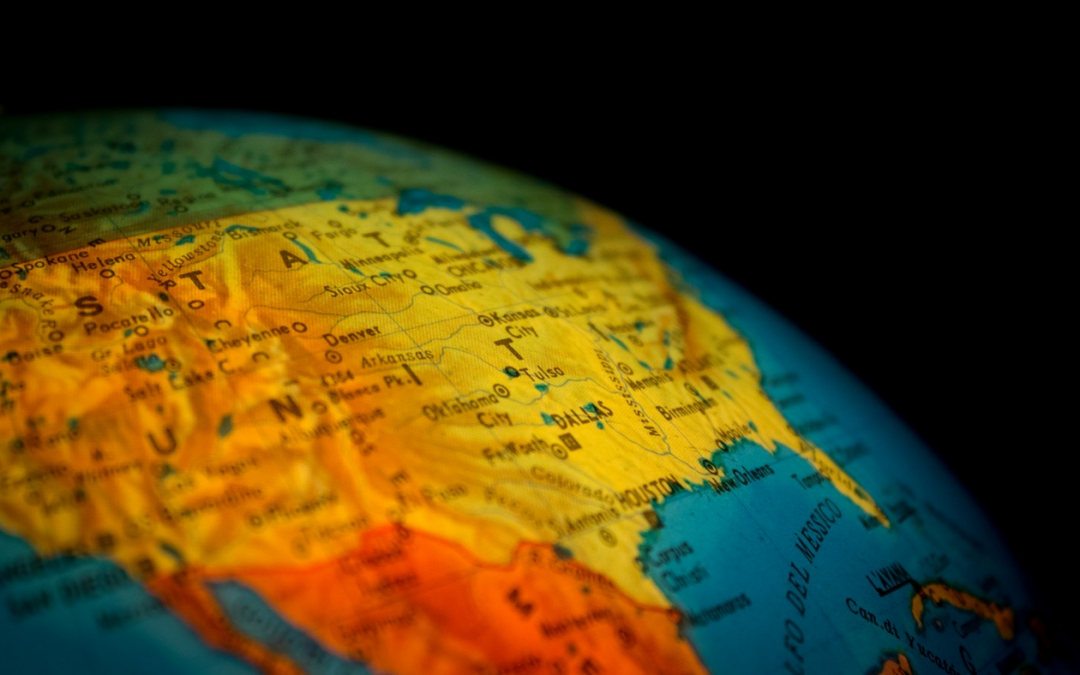
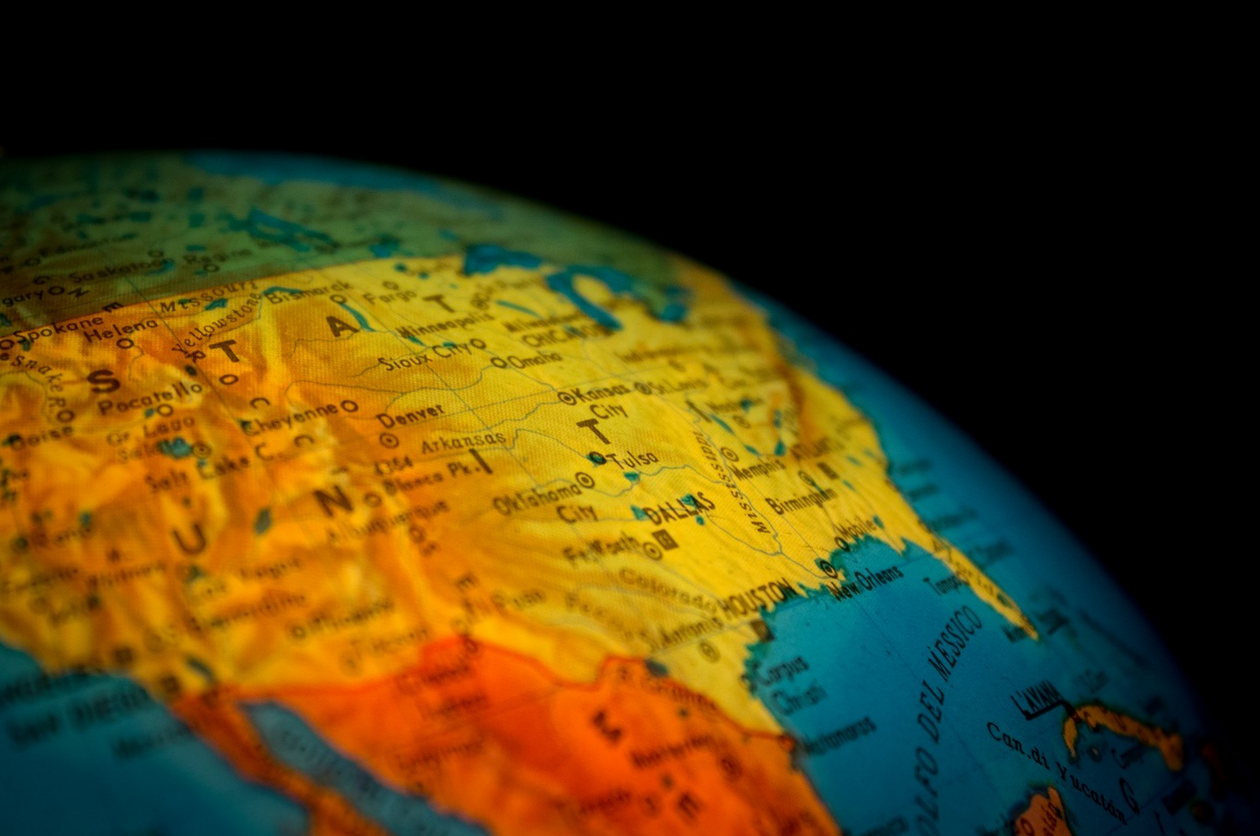


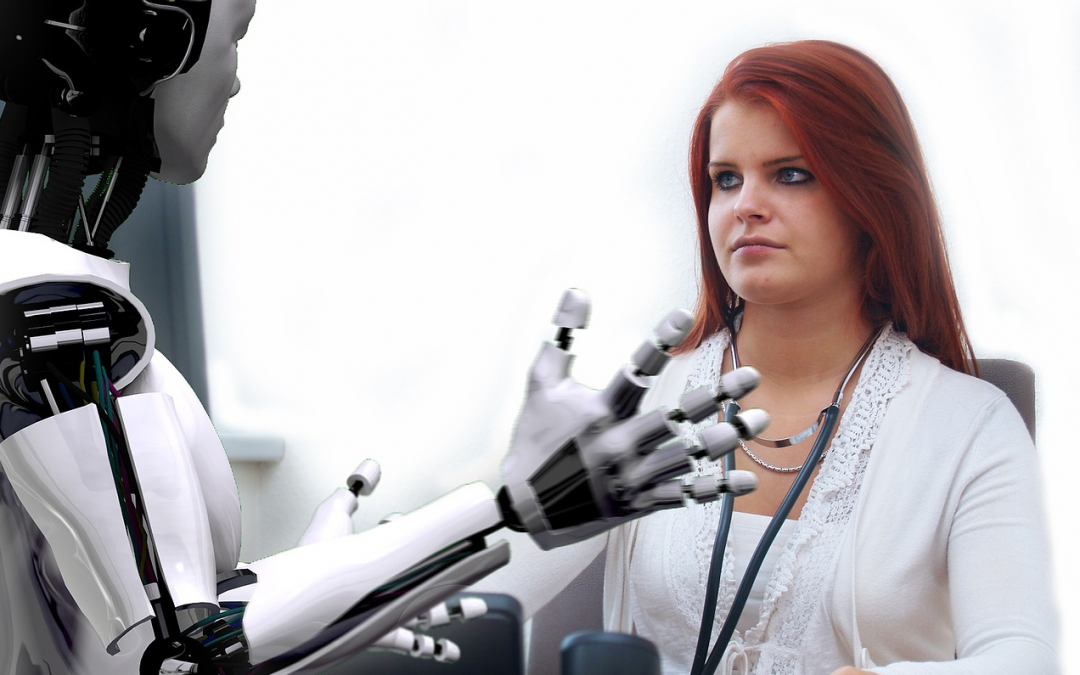
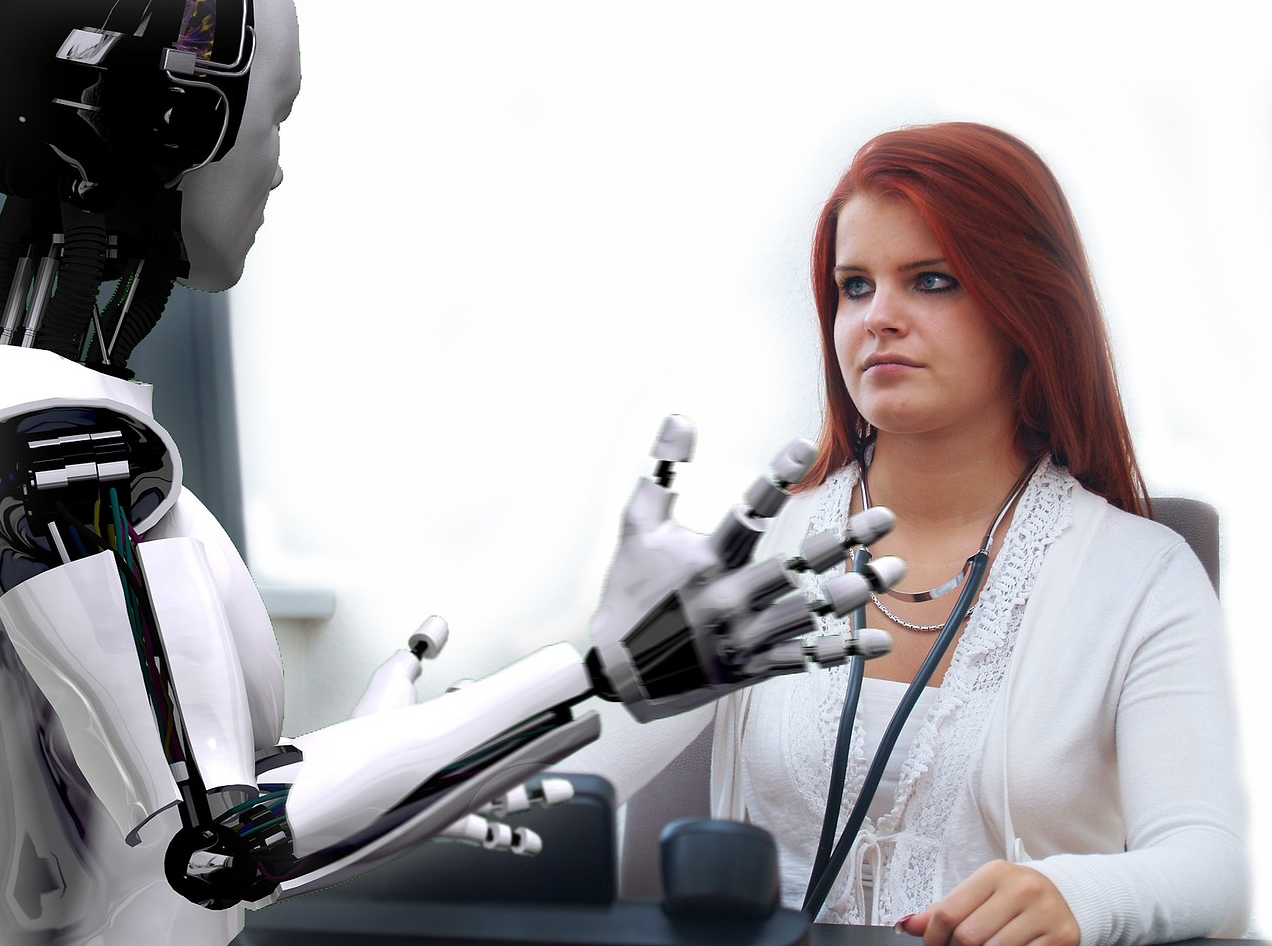


Recent Comments